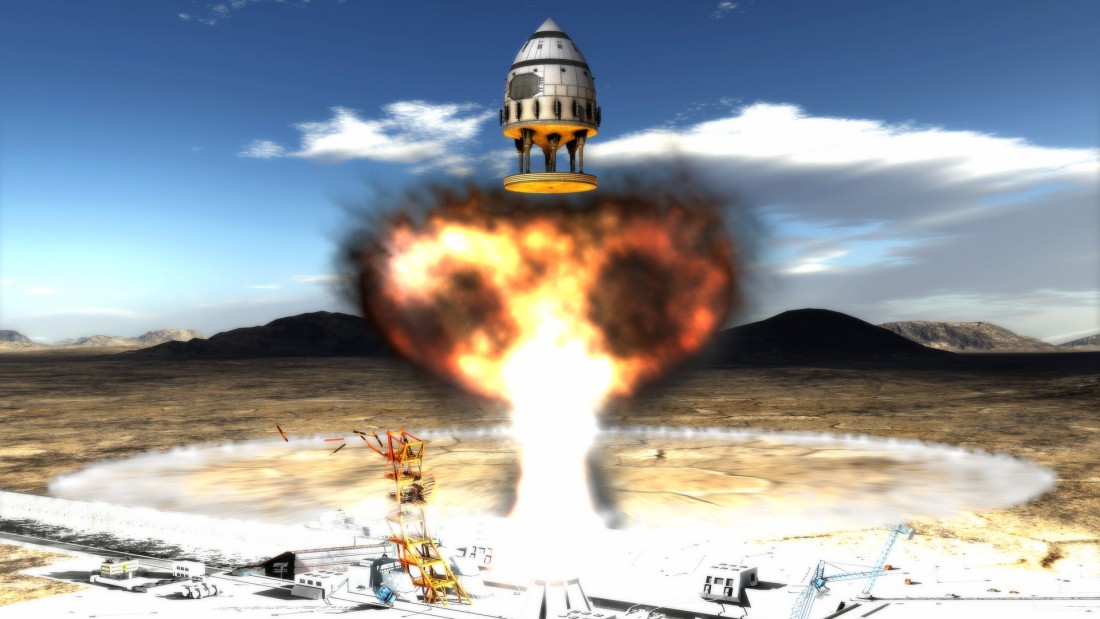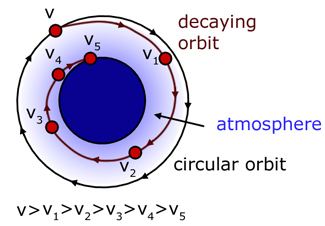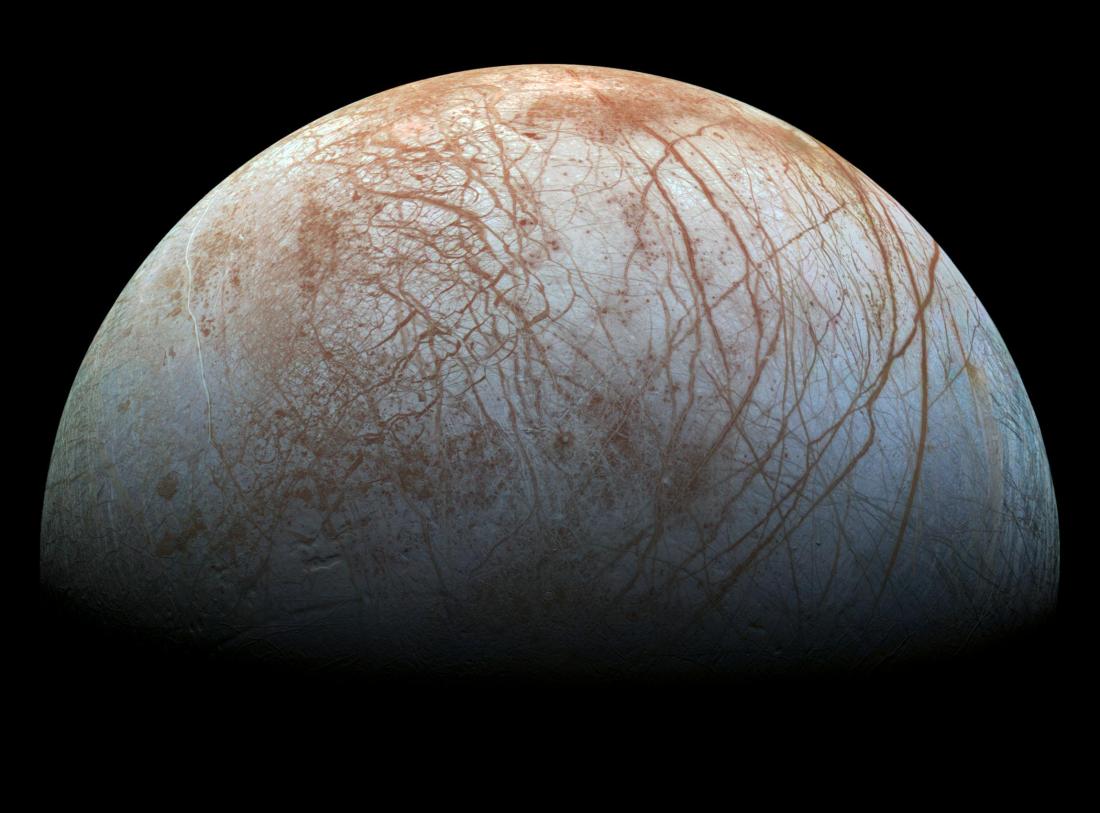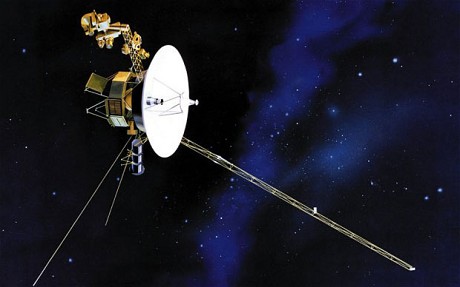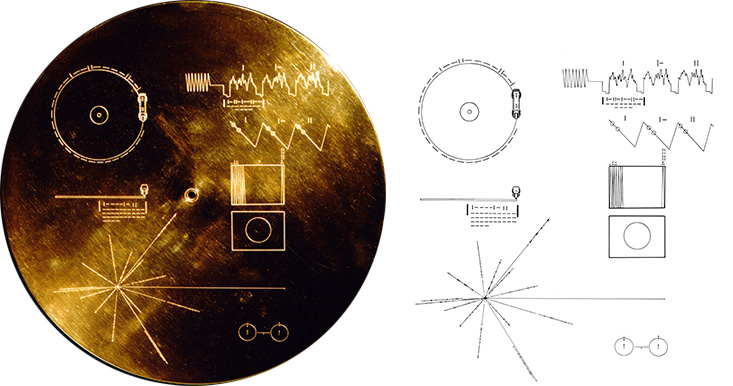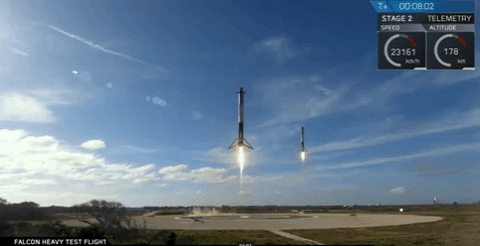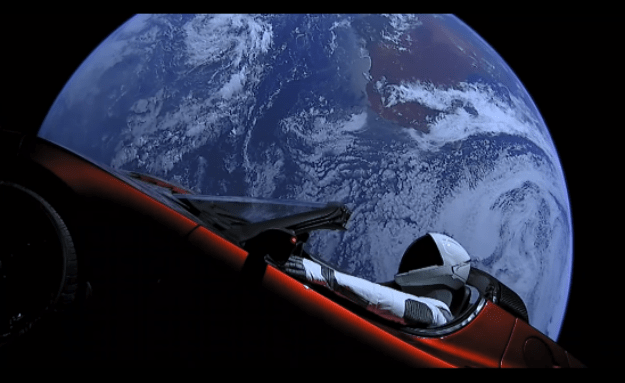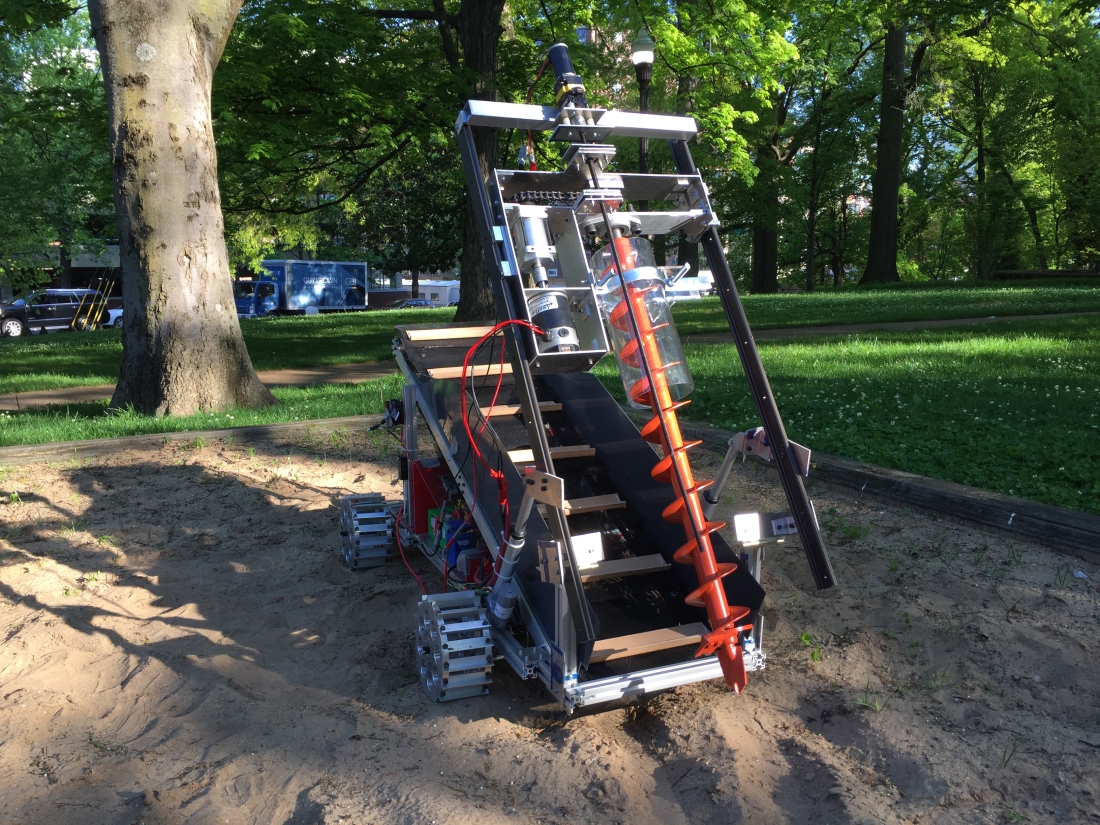
This year the Vanderbilt Robotics team is competing in the NASA Robotic Mining Competition. This competition requires teams to design and fabricate an autonomous mining robot capable of mining and depositing subsurface material from martian terrain. Specifically, the robots must mine through 30 cm of BP-1(martian topsoil stimulant) to collect gravel, which serves as a stand in for icy regolith on Mars. The purpose of this competition is to innovate new and creative means of obtaining water from subsurface pockets of icy regolith on Mars through autonomous robotic applications.
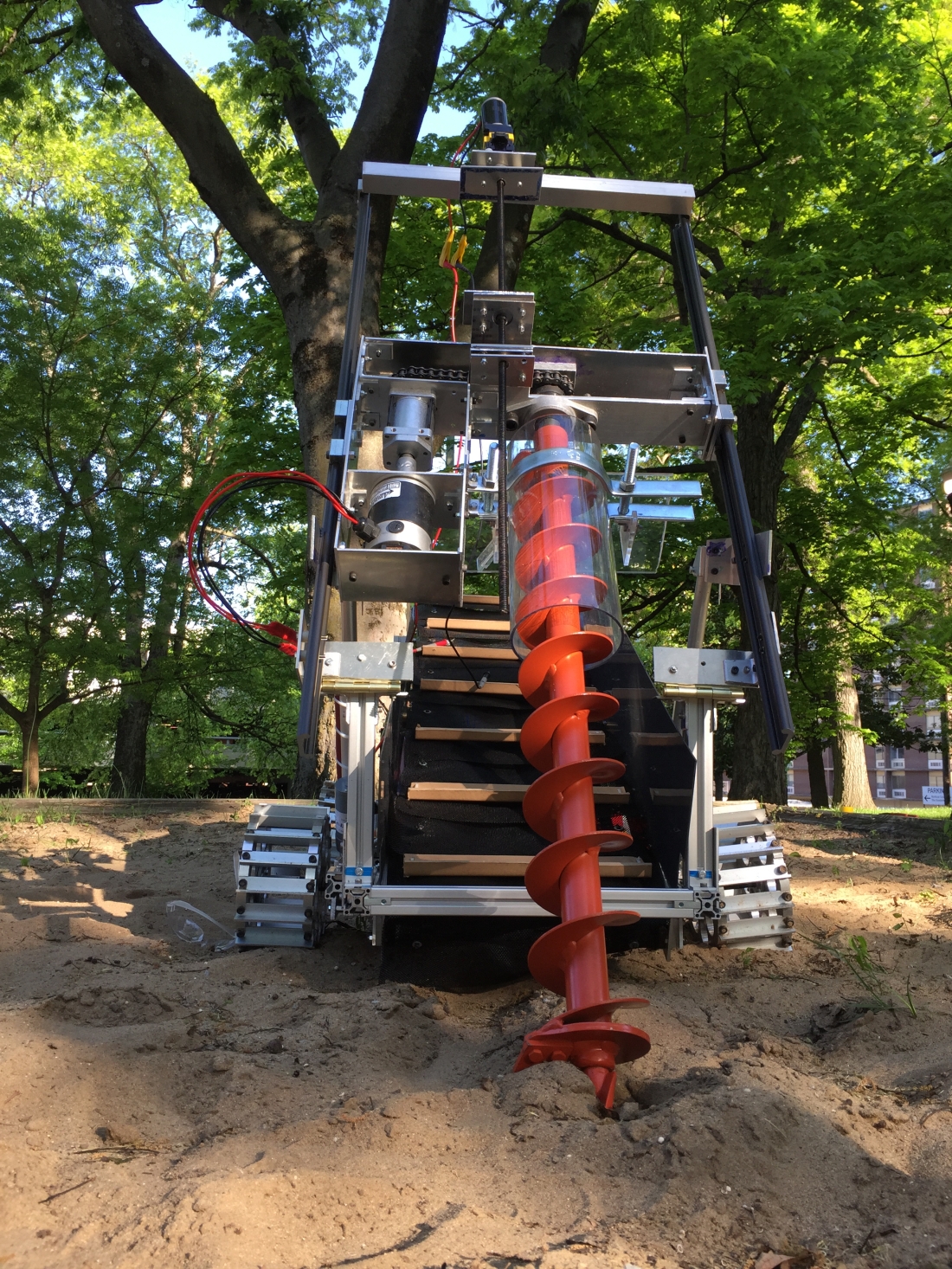
As the Mechanical Team Lead, the design and fabrication of our robot has been quite a challenge. Although the robot will remain on Earth, it must be designed such that it could function and survive martian conditions (with some exceptions). This lead to countless hours of research, designing, and redesigning for me and my team. However, all of this hard work has paid off. After several late nights/all nighters in the last few weeks, our robot is now functional. This was just in time for the May 1st deadline for proof of robot functionality. As shown in the video below, our robot uses an auger system that is actuated along two axes to drill into martian terrain and pull up icy regolith.
Here is the video of our robot
Next week we will head down to Cape Canaveral to compete alongside 50 other university teams from around the nation.
Wish us luck!
